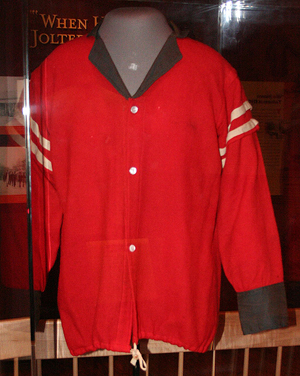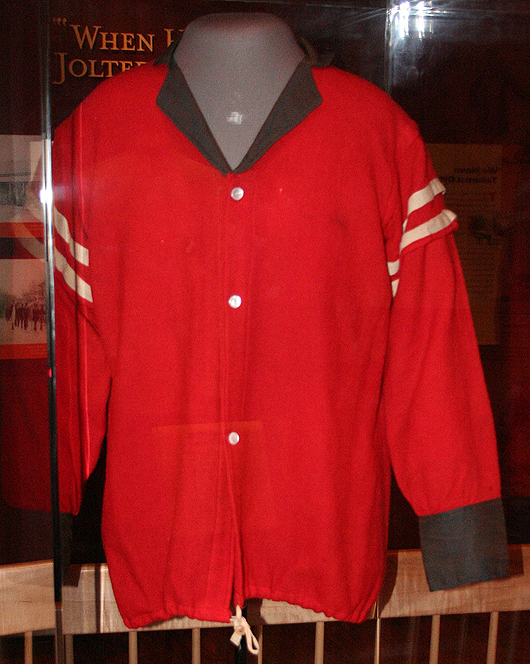
EDGEFIELD, S.C. (AP) – The home of a Confederate officer who helped take power away from blacks and drive Republicans out of South Carolina’s government after the Civil War is now a museum honoring the Confederacy and its leaders. They include the “Red Shirts” who used violence and intimidation to end Reconstruction in the state.
The Oakley Park Museum in Edgefield County is run by the local Daughters of the Confederacy chapter. It’s a small museum, full of furniture from the late 1800s, portraits of the men who lived there and other Confederate icons like Gen. Robert E. Lee and President Jefferson Davis and his wife, Varina.
It houses a large collection of swords and guns, including a rifle carried by future governor Ben Tillman during the July 1876 Hamburg Massacre, where at least four free blacks were executed by a crowd of 100 or more white men after a gunfight.
The privately run museum in downtown Edgefield is in a mansion bought after the Civil War by Confederate Gen. Martin Gary.
Gary would be one of the chief leaders of the Red Shirts, giving a speech from his home’s balcony to thousands, encouraging them to challenge the blacks and Republicans running the state after the Civil War and elect Democrat Wade Hampton governor.
The Red Shirts chose their attire to be visible and intimidating. Similar groups formed in a number of Southern states as whites who fought for the Confederacy or were sympathetic to their cause went from accepting a humbling defeat in the Civil War to using cunning, force, backroom deals and some skullduggery to get back in power.
“It was a very tumultuous time. It was history and you can’t erase it,” said Elizabeth Ready, who runs the museum and is a member of the United Daughters of the Confederacy in Edgefield thanks to her great-great grandfather, Gregory Baynham, who fought for the Kentucky Orphans Brigade. “Those men did what they thought they had to do.”
South Carolina’s Red Shirts were especially brutal. Executing some of the black men who were surrounded in Hamburg’s armory and surrendered was just the beginning.
Historians said the Red Shirts killed perhaps as many as 50 blacks in armed confrontations around the state during the 1876 gubernatorial campaign, which was so close that South Carolina had two people claiming to be governor and two groups of men claiming to be the state House.
Oakley Park paints the Red Shirts as people trying to restore South Carolina from its Civil War demise and save it from corrupt Republicans and carpetbaggers. The museum doesn’t dwell on the harassment and massacres of blacks.
“Do you expect that in South Carolina? Do you expect that in America?” said Lonnie Randolph, president of the state chapter of the NAACP. “You can’t expect that, whether it is the right thing or not.”
Of those 219 museums in South Carolina, 11 of them deal exclusively with the military, seven of them with the Civil War.
___
Follow Jeffrey Collins on Twitter at http://twitter.com/JSCollinsAP
Copyright 2014. Associated Press. All rights reserved. This material may not be published, broadcast, rewritten, or redistributed.
AP-WF-12-20-14 1804GMT
ADDITIONAL IMAGE OF NOTE


